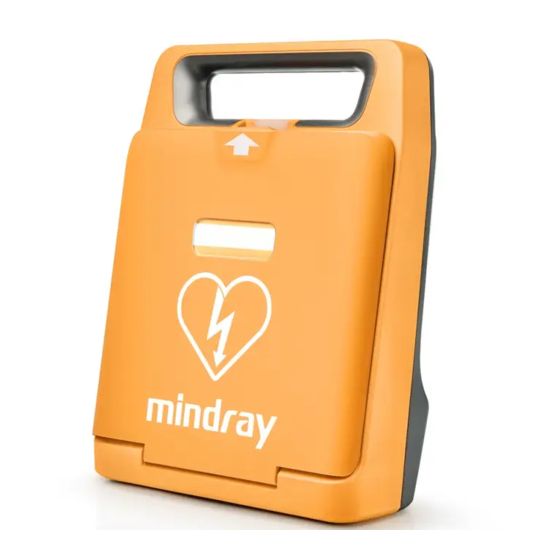
Table of Contents
Advertisement
Quick Links
BeneHeart C & BeneHeart S Series
Automatic External Defibrillator
Operator's Manual
(BeneHeart C1/BeneHeart C1A/BeneHeart C2/BeneHeart C2A/
BeneHeart C1 Fully Automatic/BeneHeart C1A Fully Automatic/
BeneHeart C2 Fully Automatic/BeneHeart C2A Fully Automatic/
BeneHeart S1/BeneHeart S1A/BeneHeart S2/BeneHeartS2A/
BeneHeart S1 Fully Automatic/BeneHeart S1A Fully Automatic/
BeneHeart S2 Fully Automatic/BeneHeart S2A Fully Automatic)
Advertisement
Table of Contents












Need help?
Do you have a question about the BeneHeart C Series and is the answer not in the manual?
Questions and answers